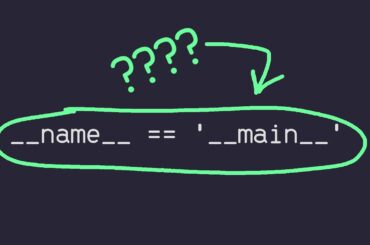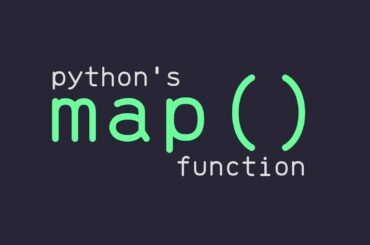Making decisions in Python refers to the process of using Python programming language and its associated libraries to analyze data, classify information, make predictions, and automate decision-making processes. Python offers a wide range of libraries and tools that make it easy to perform decision-making tasks such as filtering data, classifying data, and making predictions.
One of the essential aspects of decision making in Python is data analysis. Python provides libraries like NumPy and Pandas, which make it easy to work with data. These libraries allow you to perform operations such as sorting, filtering, and aggregating data to extract insights.
Another important aspect of decision making in Python is classification. Classification is the process of grouping data into categories based on specific features. Python’s scikit-learn library offers several classification algorithms such as decision trees, support vector machines (SVMs), and k-nearest neighbors (KNN) that you can use to classify data.
Making predictions is another crucial aspect of decision making in Python. Prediction is the process of estimating future values based on historical data. Python’s scikit-learn library offers several regression algorithms such as linear regression, decision tree regression, and random forest regression that you can use to make predictions.
Decision making in Python refers to the process of using data analysis and algorithms to make informed decisions. Python has many libraries and tools that make it easy to perform decision-making tasks, such as filtering data, classifying data, and making predictions. Here are some examples:
Filtering data:
Filtering is an essential process when you need to extract certain data from a large dataset. You can use Python’s pandas library to filter data based on specific criteria.
import pandas as pd
# create a sample dataset
data = {'Name': ['Alice', 'Bob', 'Charlie', 'David'], 'Age': [25, 30, 35, 40]}
df = pd.DataFrame(data)
# filter the data where age is greater than 30
filtered_data = df[df['Age'] > 30]
print(filtered_data)
Output:
Name Age
2 Charlie 35
3 David 40Classifying data:
Classification is the process of dividing data into categories based on specific features. Python’s scikit-learn library offers several classification algorithms that you can use to classify data.
from sklearn.tree import DecisionTreeClassifier
# create a sample dataset
data = [[5.1, 3.5, 1.4, 0.2, 'setosa'],
[4.9, 3.0, 1.4, 0.2, 'setosa'],
[6.7, 3.0, 5.2, 2.3, 'virginica'],
[6.3, 2.9, 5.6, 1.8, 'virginica']]
# split data into features and labels
X = [row[:-1] for row in data]
y = [row[-1] for row in data]
# train a decision tree classifier
clf = DecisionTreeClassifier()
clf.fit(X, y)
# classify a new sample
new_sample = [6.4, 2.8, 5.6, 2.1]
predicted_class = clf.predict([new_sample])
print(predicted_class)
Output:
['virginica']Making predictions:
Prediction is the process of estimating future values based on historical data. Python’s scikit-learn library offers several regression algorithms that you can use to make predictions.
from sklearn.linear_model import LinearRegression
# create a sample dataset
X = [[1], [2], [3], [4], [5]]
y = [2, 4, 6, 8, 10]
# train a linear regression model
reg = LinearRegression()
reg.fit(X, y)
# make a prediction for a new value
new_value = [[6]]
predicted_value = reg.predict(new_value)
print(predicted_value)
Output:
[12.]These are just a few examples of how Python can be used for decision making. There are many other libraries and tools available for more complex tasks, such as deep learning and natural language processing.
In summary, making decisions in Python involves using various tools and libraries to analyze data, classify information, and make predictions. Python provides a wide range of libraries and frameworks that make it easy to perform decision-making tasks such as filtering data, classifying data, and making predictions.


